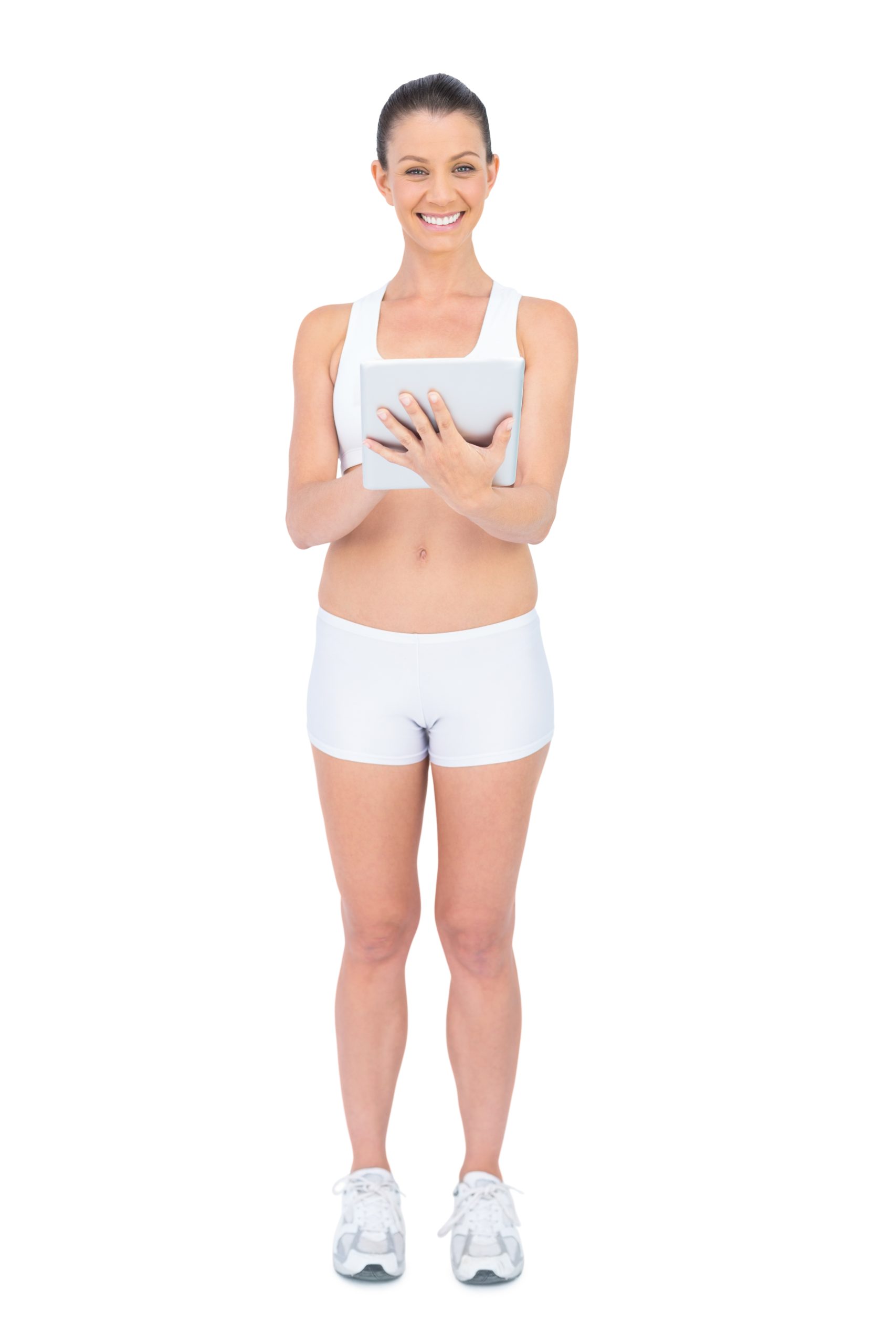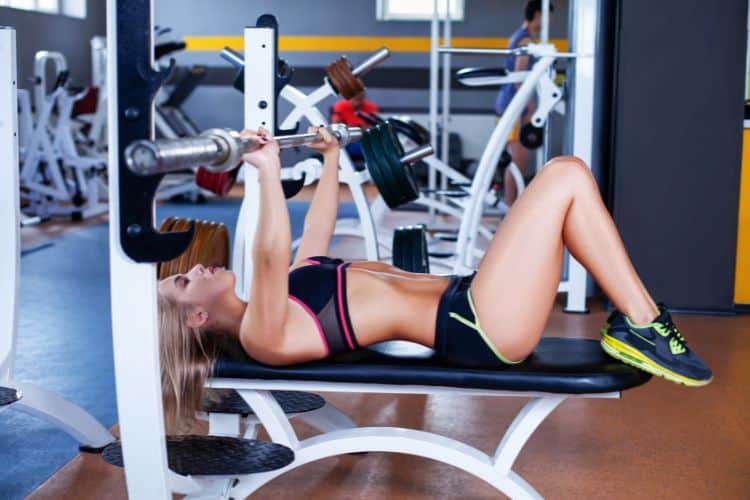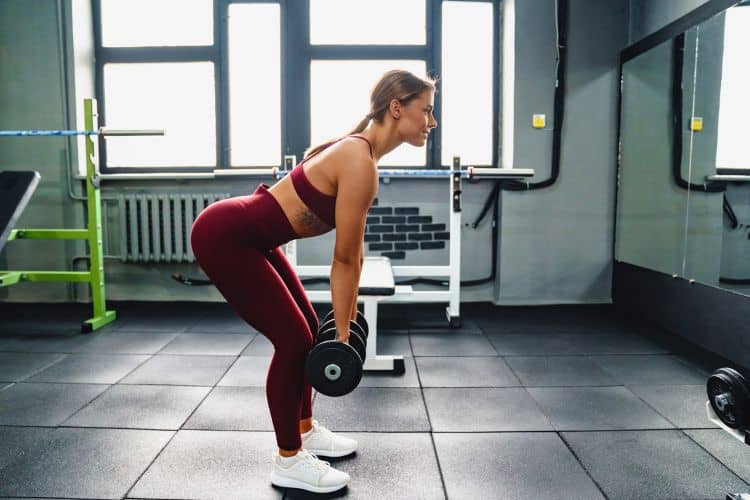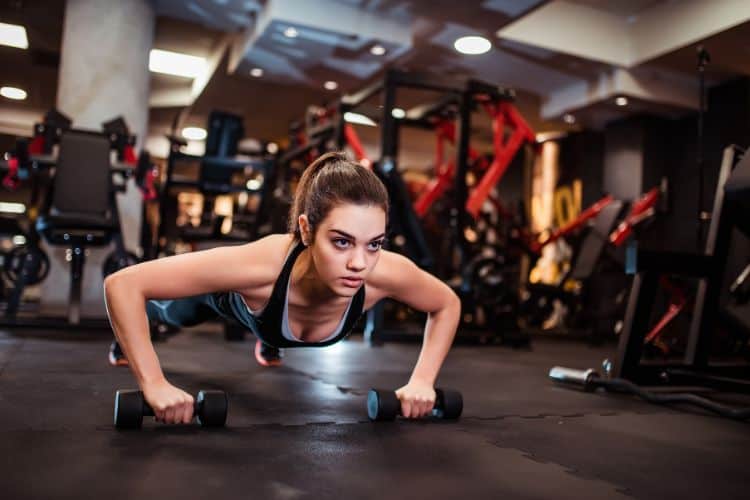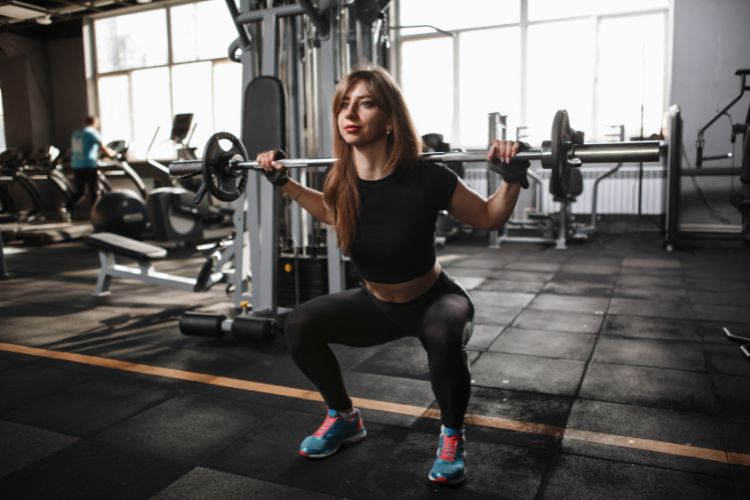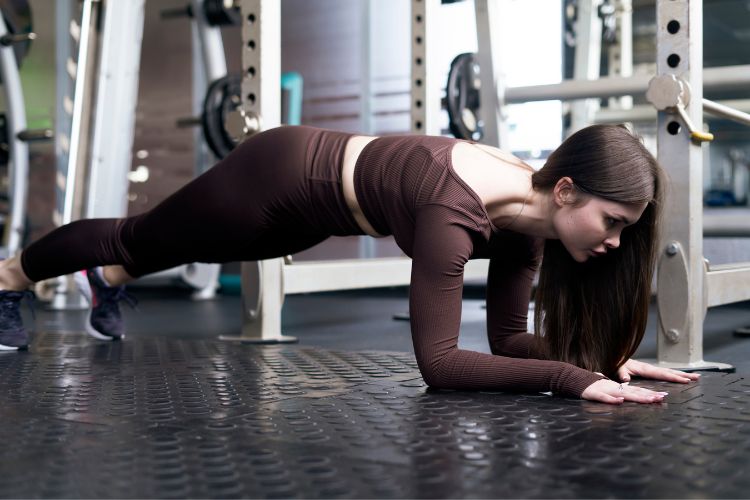Full Body Functional Fitness Workout Balance And Endurance
In recent years, functional fitness has gained immense popularity among women who are looking to improve their overall strength, flexibility, and endurance. Unlike traditional workouts that often focus on isolated muscle groups, functional fitness emphasizes movements that mimic everyday activities. This approach not only enhances physical performance but also reduces the risk of injury in daily life. In this blog post, we will explore the benefits of full-body functional fitness workouts for women and provide a detailed guide to help you get started.
What is Functional Fitness?
Functional fitness is a type of training that prepares your body for real-life movements and activities. It involves exercises that engage multiple muscle groups and joints, improving your ability to perform everyday tasks with ease. Whether you’re lifting groceries, playing with your kids, or carrying a heavy suitcase, functional fitness ensures that your body is up to the challenge.
Benefits of Functional Fitness for Women
- Improved Strength and Endurance: Functional fitness workouts often incorporate compound movements that target multiple muscle groups simultaneously. This leads to increased strength and endurance, making it easier to perform daily activities.
- Enhanced Flexibility and Mobility: Many functional exercises require a full range of motion, which helps improve flexibility and joint mobility. This is particularly beneficial for women as they age, as it can help prevent stiffness and maintain independence.
- Better Balance and Coordination: Functional fitness exercises often involve balance and coordination, which are essential for preventing falls and injuries. Improved balance can also enhance performance in other sports and activities.
- Injury Prevention: By strengthening the muscles and joints used in everyday movements, functional fitness reduces the risk of injury. This is especially important for women, who are more prone to certain types of injuries, such as ACL tears.
- Efficient Workouts: Functional fitness workouts are often shorter but more intense than traditional workouts. This makes them an excellent option for women with busy schedules who still want to stay fit and healthy.
Key Components of Full Body Functional Fitness Workouts
A well-rounded functional fitness routine should include the following components:
- Strength Training: Incorporate exercises that use body weight, resistance bands, or free weights to build muscle strength. Examples include squats, lunges, push-ups, and deadlifts.
- Cardiovascular Conditioning: Include activities that elevate your heart rate, such as jumping jacks, burpees, or high-intensity interval training (HIIT). These exercises improve cardiovascular health and burn calories.
- Flexibility and Mobility: Stretching and mobility exercises should be a part of every workout. Yoga, Pilates, and dynamic stretching can help improve flexibility and prevent injuries.
- Balance and Coordination: Incorporate exercises that challenge your balance and coordination, such as single-leg stands, balance board exercises, or agility drills.
- Core Stability: A strong core is essential for functional fitness. Include exercises like planks, Russian twists, and leg raises to strengthen your core muscles.
Sample Full Body Functional Fitness Workout for Women
Here’s a sample workout that incorporates all the key components of functional fitness. Perform each exercise for 45 seconds, followed by 15 seconds of rest. Complete 3 rounds of the circuit.
Warm-Up (5-10 minutes)
- Jumping Jacks: Start with a classic cardio exercise to get your heart rate up.
- Arm Circles: Perform forward and backward arm circles to warm up your shoulders.
- Leg Swings: Swing each leg forward and backward, then side to side, to loosen up your hips.
- Bodyweight Squats: Perform 10-15 squats to warm up your lower body.
Full Body Functional Fitness Workout Circuit
1. Squat to Overhead Press
- How to Do It: Hold a pair of dumbbells at shoulder height. Lower into a squat, then press the dumbbells overhead as you stand up.
- Muscles Worked: Quads, glutes, shoulders, and core.
2. Push-Ups with Rotation
- How to Do It: Perform a push-up, then rotate your body to one side, extending your arm toward the ceiling. Return to the starting position and repeat on the other side.
- Muscles Worked: Chest, shoulders, triceps, and core.
3. Reverse Lunges with Bicep Curls
- How to Do It: Hold a pair of dumbbells at your sides. Step back into a reverse lunge while performing a bicep curl. Return to the starting position and repeat on the other side.
- Muscles Worked: Quads, hamstrings, glutes, and biceps.
4. Plank with Shoulder Taps
- How to Do It: Get into a plank position. Tap your right shoulder with your left hand, then your left shoulder with your right hand, while keeping your hips stable.
- Muscles Worked: Core, shoulders, and stabilizing muscles.
5. Deadlift to Row
- How to Do It: Hold a pair of dumbbells in front of your thighs. Hinge at your hips to lower the dumbbells toward the floor, then pull them up to your chest in a rowing motion.
- Muscles Worked: Hamstrings, glutes, back, and biceps.
6. Mountain Climbers Full Body Functional Fitness Workout
- How to Do It: Get into a plank position and alternate bringing your knees toward your chest in a running motion.
- Muscles Worked: Core, shoulders, and cardiovascular system.
7. Single-Leg Deadlift
- How to Do It: Stand on one leg with a slight bend in the knee. Hinge at your hips to lower your torso and lift the opposite leg behind you. Return to the starting position and repeat on the other side.
- Muscles Worked: Hamstrings, glutes, and core.
8. Russian Twists
- How to Do It: Sit on the floor with your knees bent and feet off the ground. Hold a dumbbell or medicine ball and twist your torso to the right, then to the left.
- Muscles Worked: Obliques and core.
Cool-Down (5-10 minutes)
- Child’s Pose: Stretch your lower back and hips with this relaxing yoga pose.
- Cat-Cow Stretch: Move through cat and cow poses to stretch your spine and improve mobility.
- Hamstring Stretch: Sit on the floor with one leg extended and reach for your toes. Switch sides.
- Chest Opener Stretch: Clasp your hands behind your back and lift your arms to open your chest.
Tips For Success With Full Body Functional Fitness Workout
- Start Slow: If you’re new to functional fitness, start with lighter weights and fewer repetitions. Gradually increase the intensity as you build strength and confidence.
- Focus on Form: Proper form is crucial to prevent injuries and get the most out of your workout. Consider working with a trainer to ensure you’re performing exercises correctly.
- Listen to Your Body: Pay attention to how your body feels during and after workouts. If you experience pain or discomfort, modify the exercise or take a break.
- Stay Consistent: Consistency is key to seeing results. Aim to incorporate functional fitness workouts into your routine 3-4 times per week.
- Mix It Up: Keep your workouts interesting by trying new exercises and varying your routine. This will also help prevent plateaus and keep your body challenged.
Full-body functional fitness workouts offer a holistic approach to fitness that benefits women of all ages and fitness levels. By incorporating strength training, cardiovascular conditioning, flexibility, balance, and core stability, these workouts prepare your body for the demands of everyday life. Whether you’re a busy mom, a working professional, or a retiree, functional fitness can help you stay strong, healthy, and active. So, grab your dumbbells, lace up your sneakers, and get ready to transform your body and your life with functional fitness!
Most Recommended
